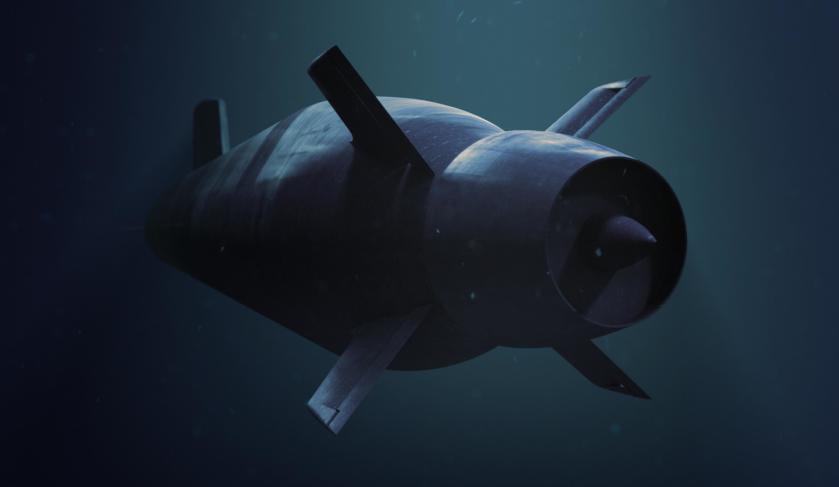Lockheed Martin Australia has announced a second round of research and development request for quotes for industry and academic organisations to develop advanced technologies in support of Australia’s Attack Class submarine fleet.
To continue reading the rest of this article, please log in.
Create free account to get unlimited news articles and more!
The first round of R&D grants saw more than $900,000 allocated to industry and academic institutions in March 2019. This second round of research and development seeding grants will see grants of $75,000 each with the opportunity to develop a white paper on advanced technologies for Australia’s Attack Class Submarine Program.
Lockheed Martin interim chief executive Scott Thompson said Lockheed Martin Australia looked forward to working with the successful applicants to develop and deliver world-class innovative technologies for Australia’s Attack Class submarines.
With the second round of solicitations now available, Australian and international parties are encouraged to submit expressions of interest to support the Attack Class Submarine Program with the following R&D projects:
- Novel methods for reliable communications on an unstable platform
- Emerging technologies for improved autonomous celestial navigation
- Distributed underwater sensor networks and their impact on submarine operations
- Novel methods to integrate compressive sensing techniques
- Novel methods to monitor, track and efficiently manage power within racks
- Use of advanced materials and fabrication processes to overcome SWAP-C constraints
- Investigation into real-time monitoring of human performance
- Smart driven dynamic reallocation of computing resources based on compute demands
“The Attack Class Submarine Program represents a long-term, multimillion-dollar investment in the future defence and security of our nation. Today’s announcement is one more step towards helping to ensure Australia has the technology and skills to deliver and maintain a regionally superior submarine fleet,” Mr Thompson said.
Lockheed Martin was confirmed as the combat systems integrator for the Attack Class and will be responsible for integrating the AN/BYG-1 Combat Control System, which will provide an open-architecture submarine combat control system for analysing and tracking submarine and surface ship contacts, providing situational awareness, as well as the capability to target and employ torpedoes and missiles, and become the “eyes and ears” of the vessels.
Mr Thompson added, “Lockheed Martin Australia, in concert with the Department of Defence, is proud to be creating genuine R&D opportunities for industry and academia to develop enhanced and innovative combat system capabilities.”
The new vessels will officially be known as the Attack Class and will be delivered as part of the $50 billion SEA 1000 program, which will see Naval Group deliver 12 regionally superior submarines to the Royal Australian Navy.
Naval Group’s successful Shortfin Barracuda design, which serves as the basis for the new Attack Class, is a conventionally powered variant of the nuclear powered Barracuda fast attack submarine currently under construction in France for the French Navy.
The Attack Class vessels will begin replacing the ageing Collins Class vessels at a time when 50 per cent of the world’s submarines will be operating in the Indo-Pacific region. Naval Group Australia (formerly DCNS) – a subsidiary of French shipbuilding company Naval Group – is Australia’s international design and build partner for the Future Submarine Program.
Headquartered in Canberra, Lockheed Martin Australia is a wholly owned subsidiary of Lockheed Martin Corp. The company employs more than 1,000 people in Australia working on a wide range of major programs spanning the aerospace, defence and civil sectors.
In 2016, Lockheed Martin Australia was announced as the combat system integrator for Australia’s Future Submarine Program, charged with collaborating with the Department of Defence and Naval Group (of France) to design a combat system that would provide an enhanced submarine capability for Australia.
Lockheed Martin Australia invites interested parties to submit expressions of interest via the ICN gateway. Submissions are due by 2 September 2019.

 Login
Login







